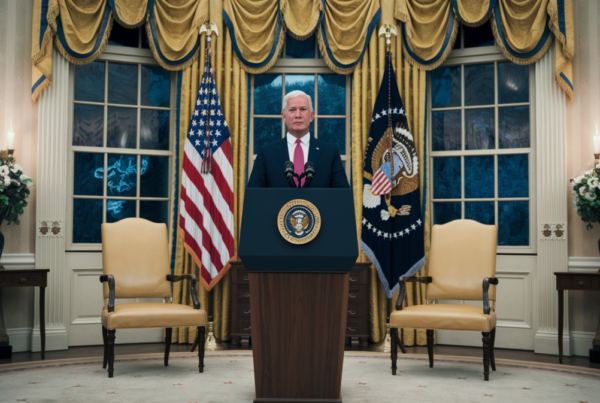As the August 1 deadline for President Donald Trump’s new trade tariffs approaches, equity markets are displaying a surprising sense of calm. This muted reaction mirrors the déjà vu experienced by investors following the “Liberation Day” tariffs announced earlier this year. Despite the potential for disruption, market participants appear unfazed, suggesting that the outcomes may already be priced in.
The “Liberation Day” Tariffs: A Recap
On April 2, 2025, the U.S. government introduced the “Liberation Day” tariffs, imposing a 10% baseline tariff on imports from nearly all countries. Higher rates were applied to nations with which the U.S. had significant trade deficits. The move was part of a broader strategy to address the trade imbalance and bolster domestic manufacturing.
Key features of the “Liberation Day” tariffs included:
- A 10% baseline tariff on most imported goods.
- Higher rates for countries with large trade deficits with the U.S.
- Exemptions for certain strategic goods and allies.
Market Reactions: Then and Now
When the “Liberation Day” tariffs were first announced, markets reacted with volatility. However, as the August 1 deadline nears, the response has been notably subdued. Here’s a comparison of the two scenarios:
| Metric | “Liberation Day” Tariffs (April 2025) | Upcoming Tariffs (August 2025) |
|---|---|---|
| Market Volatility (VIX Index) | Spiked by 35% | Remains flat |
| S&P 500 Performance | Dropped 5% in the first week | Down less than 1% |
| Investor Sentiment | Highly anxious | Largely indifferent |
The Rise of Short-Term Options
One notable trend amid the tariff uncertainty has been the surge in trading volume for zero-day-to-expiration (0DTE) options tied to the S&P 500. These short-term instruments allow investors to hedge against or profit from sudden market moves. In April, trading volume for 0DTE options reached 8.5 million, a 23% increase since the start of the year.
While these options offer flexibility, their growing popularity has raised concerns:
- They may amplify market volatility.
- Their short-term nature can lead to rapid price swings.
- Regulators are monitoring their impact on market stability.
Why Are Investors So Calm?
Several factors explain the current market composure:
- Flexibility in Deadlines: The shift from July 9 to August 1 has given investors more time to adjust.
- Priced-In Outcomes: Many believe the tariffs’ effects are already reflected in asset prices.
- Resilient Global Markets: The MSCI All-Country World Index has rebounded strongly since April, signaling broader confidence.
Looking Ahead
While the immediate reaction to the upcoming tariffs has been muted, the long-term implications remain uncertain. Key questions include:
- Will the tariffs achieve their intended economic goals?
- How will trading strategies evolve if volatility spikes?
- What regulatory measures might be introduced to curb excessive speculation?
For now, investors seem content to wait and watch, treating the latest tariff deadline as just another chapter in an ongoing saga.







